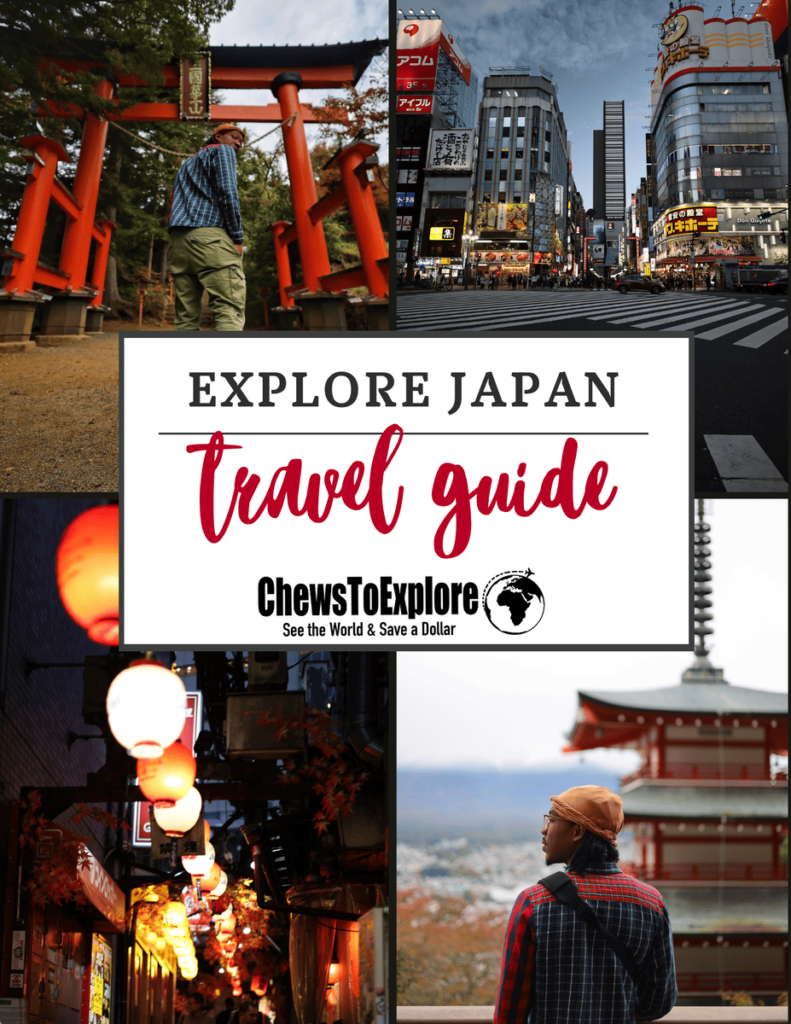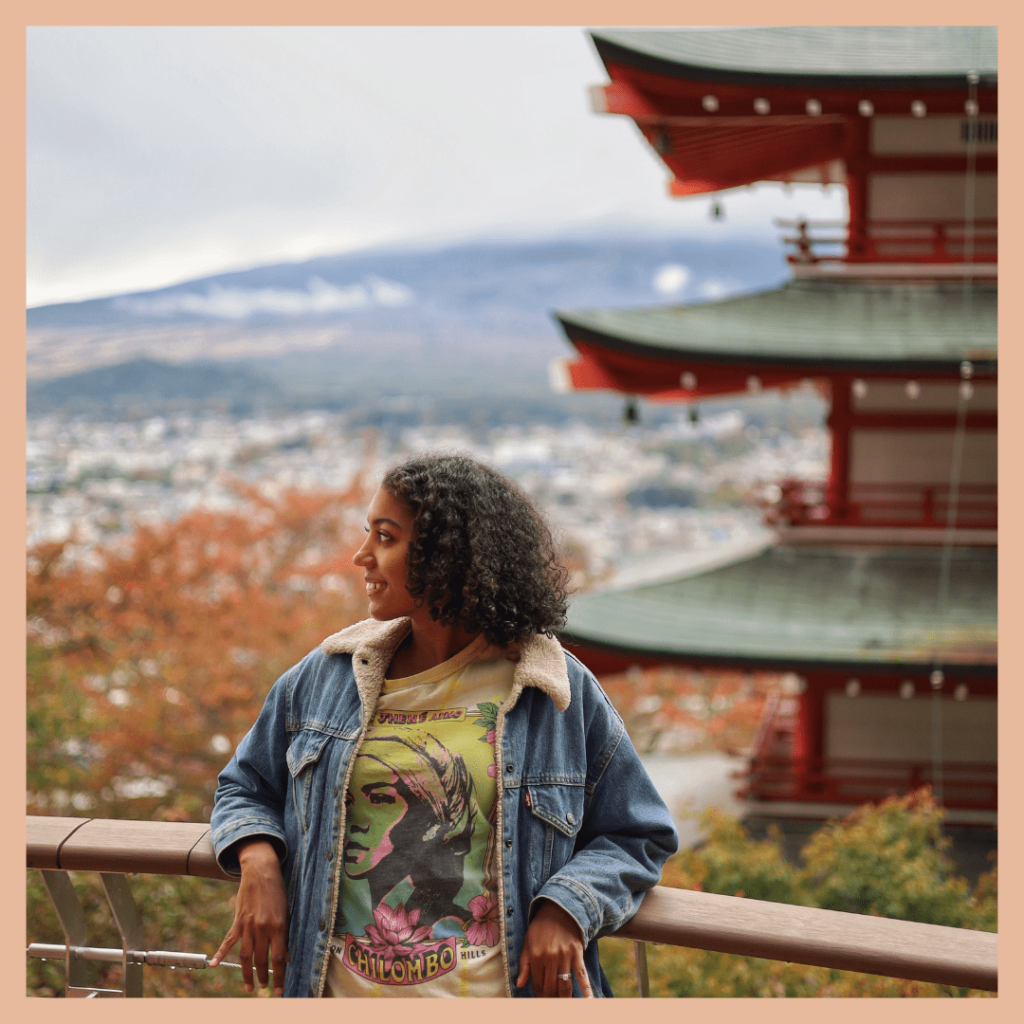
Are you wondering what to know before visiting Japan? I’ve got you covered with over 30 top Japan travel tips to help you prepare for a smooth trip!
Disclosure: This post may contain affiliate links, which means we’ll receive a commission if you purchase through our links, at no extra cost to you. Please read full disclosure for more information.
Planning a trip to Japan? Awesome choice.
But before you go, let me share some of the most important things to know when traveling to Japan.
We just got back from a week-long trip, exploring Tokyo, Mount Fuji, Nara, Osaka, and Kyoto.
We were traveling to Japan for the first time, and it certainly won’t be our last.
In this article, I’ll be sharing firsthand experiences and practical advice gathered from our travels across Japan.
From entry requirements to how much to budget to where to stay and how to get around and the best things to eat and do, I’ve got you covered.
So, let’s dive into some of the most frequently asked questions and make sure your trip to Japan is one to remember for all the best reasons!
Want to save time & money planning the perfect Japan trip? >> Download Explore Japan Travel Guide
1. What are the Japan Entry Requirements for U.S. Citizens?
Entering Japan as an American is a straightforward process. US citizens are exempt from needing a visa to enter Japan.
So, what’s required before your trip?
Alongside a valid passport, you’ll need to fill out an online form to receive a QR code for entry.
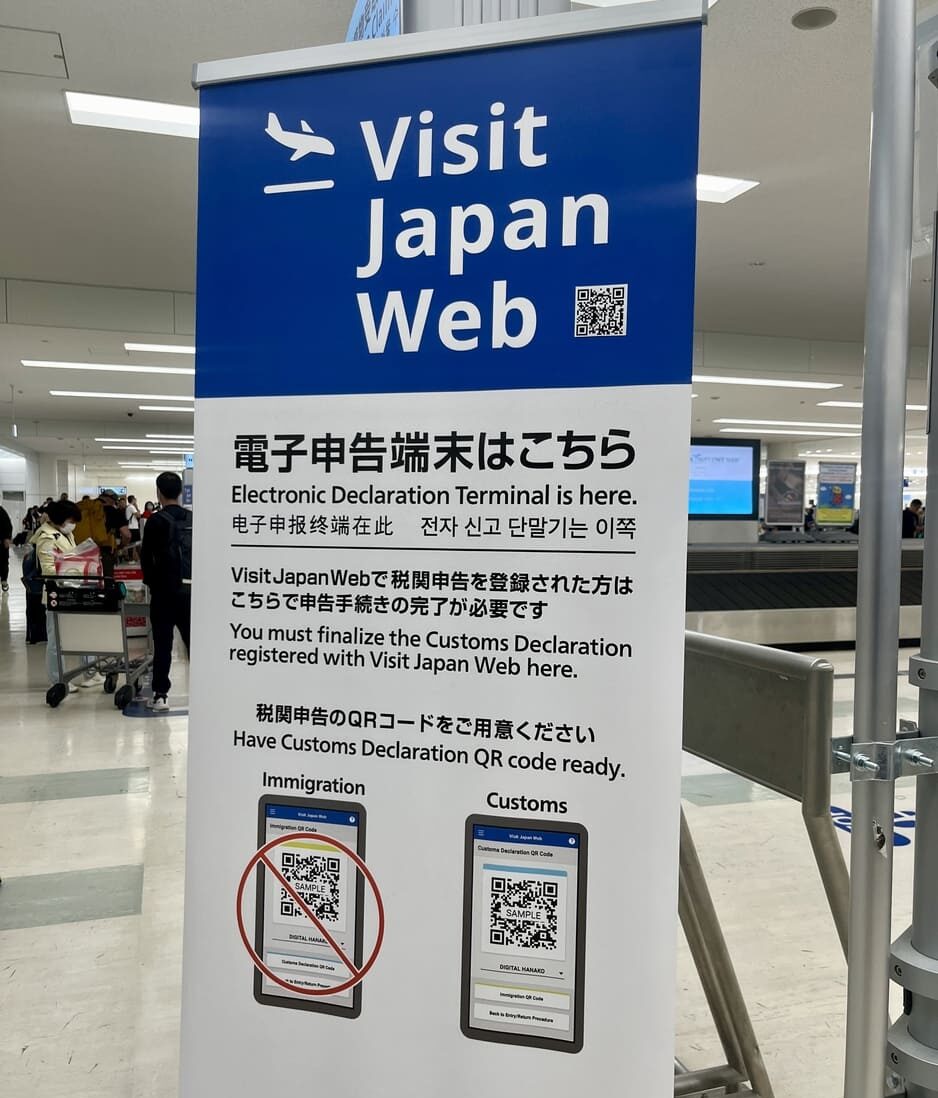
Here’s what you need to do in 3 easy steps:
- Have your passport details and flight information ready.
- Visit the Visit Japan Web website, where you can either create a new account or log in if you’ve visited Japan before.
- Enter your passport details and flight information, including your point of entry, arrival date, airline, and flight number.
Once you’ve input all the necessary information, a QR code will be generated for you.
Make sure to locate the “Display QR code” button and have it readily available on your phone to present to customs upon landing in Japan.
Chew Tip: Be sure to fill out this form on Visit Japan Web in advance so going through customs will be a breeze when you arrive in Japan.
RELATED ARTICLE: Things to Do in the Doha Airport
2. Is $1000 enough for a trip to Japan?
During our 7-day trip to Japan, we spent $536 USD per person.
Our approach? We chase deals, not destinations.
We finally made it to Japan thanks to an incredible flight deal we happened to stumble upon.
Keep in mind that prices can vary based on travel dates and the number of people in your group.
Our budget travel experience can serve as a starting reference point for your trip planning!
For a detailed breakdown of our expenses, check out our YouTube channel, ChewsToExplore, and don’t forget to subscribe.
3. When is the best time to visit Japan?
The first thing to note is that Japan experiences all four seasons: winter, spring, summer, and fall.
The best time for your visit depends largely on your preferences and interests.
One of the most sought-after times to visit Japan is during the cherry blossom season, known as sakura season.
This season typically begins at the end of March or early April and can go into May.
Summer in Japan is characterized by hot and humid weather, often accompanied by heavy rainfall.
We visited during the fall which has cooler temperatures compared to summer, and the humidity is lower.
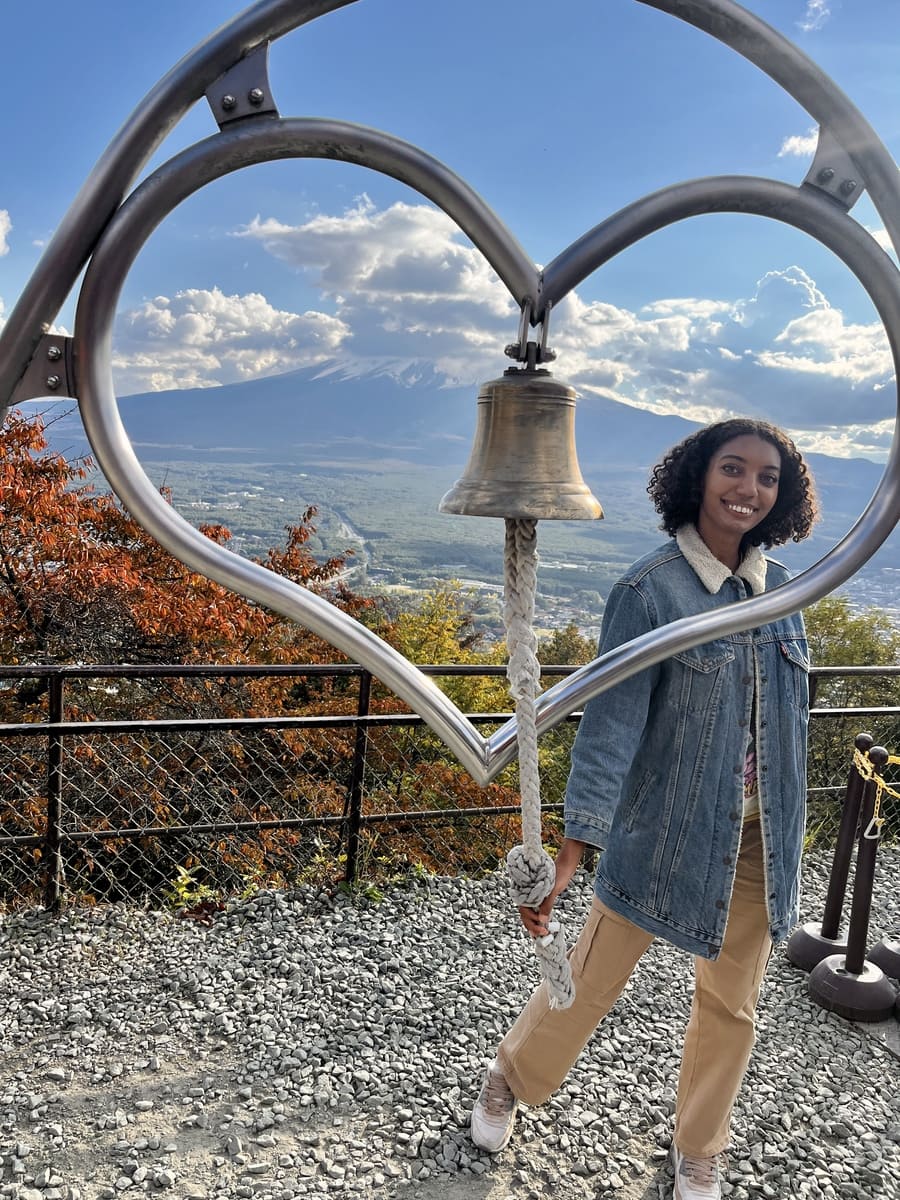
While you won’t experience cherry blossoms during this time, you’ll be treated to the gorgeous sight of leaves turning vibrant shades of orange and red, making it an ideal time for viewing fall foliage.
Winter brings cold temperatures and occasional snowfall, requiring visitors to dress warmly.
Regardless of the season, Japan’s popularity as a tourist destination means that there will likely be crowds no matter when you visit.
It’s essential to plan accordingly and book accommodations and activities in advance to make the most of your trip.
RELATED ARTICLE: Is a Scalp Head Spa in Korea Worth It?
4. Where should I fly to Japan?
The choice of airport largely depends on your travel itinerary and preferences.
Each international airport is conveniently located near major cities, making it easy to access your desired destinations.
Consider comparing flight prices to different airports and choose the one that offers the best deal.
For those planning to visit Tokyo, Narita Airport is the country’s largest international airport, situated 60 kilometers east of the city.
Alternatively, Haneda Airport, located 14 kilometers south of Tokyo, is the largest domestic airport and offers closer proximity to the city center.
We flew into Haneda airport and were able to make it into the city center in about 30 minutes by train using the Keikyu Line.
If Osaka is on your itinerary, Kansai Airport serves as a major gateway to western Japan and is located 40 kilometers southwest of Osaka.
It’s also the closest international airport to Kyoto.
Travelers heading to central Japan may opt for Chubu Airport in Nagoya, which is approximately 30 kilometers south of the city.
Ultimately, prioritize overall costs and consider transportation expenses when making your decision.
If you find a better deal at one airport, it may be worthwhile to choose it, even if it requires additional transportation expenses.
5. What attractions in Japan need reservations?
Popular attractions such as Shibuya Sky, Street Go-Karting, TeamLab Planets, Pokemon Cafe, Tokyo Disneyland, and Tokyo Disney Sea often require advance reservations, just to name a few.
Given Japan’s status as one of the world’s most densely populated countries, making reservations in advance is crucial.
With such a high volume of visitors, certain attractions can quickly become overcrowded.
It’s essential to prioritize your must-see activities and book them well in advance to secure your spot.
Additionally, many restaurants in Japan experience long wait times, reflecting the country’s renowned culinary scene.
If you find yourself facing extended wait times at one restaurant, consider exploring other dining options nearby.
With so many excellent food choices available, you’re sure to find something equally delicious without the lengthy wait.
6. Where to stay in Japan?
If you prefer being right in the heart of the action, you can expect to pay more for accommodations.
Popular areas such as Shinjuku and Harajuku in Tokyo are popular places to stay but come with higher price tags to be right in the midst of everything.
We stayed just outside these popular areas which offered us more budget-friendly options without sacrificing convenience since we were also so close to public transport.

For example, during our visit, we opted for accommodation in Taito City, which provided easy access to trains and allowed us to reach all our Tokyo destinations conveniently.
The key is to choose accommodation near a train station, ensuring easy access to main attractions while still saving some money by avoiding the highest-priced areas.
RELATED ARTICLE: How to Find Airbnbs within Your Budget
7. Are there public lockers in Japan?
One of the most convenient features of Japan is the abundance of storage lockers available throughout the country.
You can find them almost anywhere – on the streets, in bus stations, and even attractions like Universal Studios.
This was particularly useful for us, as many of the places we stayed had late check-ins around 4 pm and early check-outs.
So, what did we do with our bags in the meantime? Storage lockers!
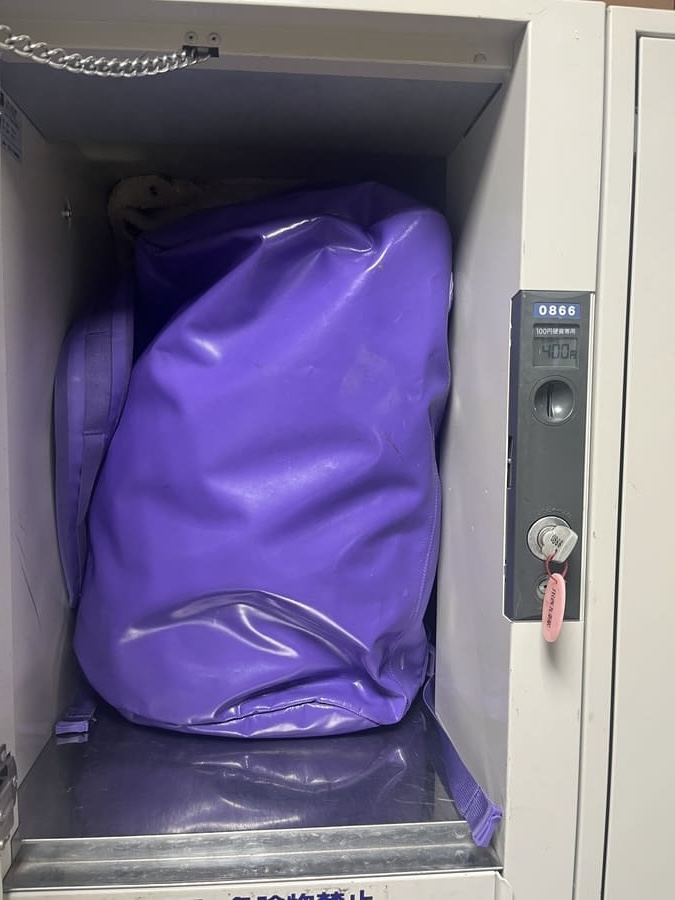
These lockers come in various shapes and sizes, with different pricing options.
You can typically find coin lockers at train and bus stations, while other locations accept IC cards like the Pasmo Passport for payment.
8. Does Japan have good public transportation?
Navigating the buses and train systems in Japan was incredibly straightforward, making it one of the easiest systems we’ve encountered in our travels.
Throughout our time in Japan, we relied solely on public transportation to get around.
Unlike some other countries, Japan does not have services like Uber or Grab, although taxis are available.
However, we didn’t use taxis at all during our stay, as public transportation is more cost-effective.
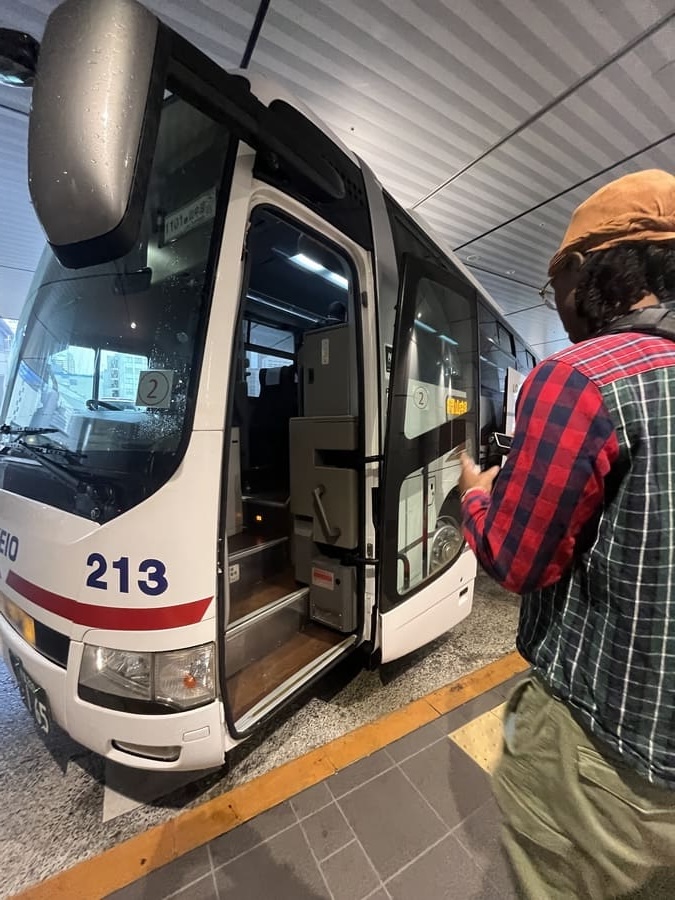
As native New Yorkers, one of the biggest culture shocks for us was the punctuality of Japan’s transportation system.
In New York City, we’re accustomed to arriving early and expecting delays of 10-15 minutes after the scheduled departure time.
However, in Japan, trains and buses arrive precisely on time, down to the second.
If the schedule says 7:38:02, you can bet they’ll be there at exactly 7:38:02, ready to depart.
So, be sure to be at the stop or station on time and prepared to board promptly!
RELATED ARTICLE: How to Get to Batu Caves in Kuala Lumpur
9. How do I know if my JR Pass is worth it?
To decide whether the JR Pass is a cost-effective option for your trip, consider your travel expenses for individual journeys.
If you find that purchasing separate tickets for each trip would be cheaper, then the JR Pass may not be the best choice.
However, if your itinerary includes travel on Shinkansen high-speed trains, the savings offered by the JR Pass can be significant.
For us, opting out of the JR Pass saved us a considerable amount of money as we did not plan to ride the bullet trains.
If riding the bullet train is a priority for you, then the JR Pass could result in substantial savings.
However, if you don’t plan on taking many bullet train journeys, you might find that alternative transportation options, such as the Pasmo Passport, offer better value for your money.
RELATED ARTICLE: Is Tukad Cepung Waterfall worth visiting in Bali?
10. Can tourists drive in Japan?
Yes, tourists can drive in Japan, but there are some requirements to know.
You must be at least 18 years old and have an International Driving Permit (IDP).
You can obtain an IDP for $25 USD through AAA before your trip to Japan.
Keep in mind that in Japan, vehicles drive on the left side of the road.
If you plan to participate in popular activities like Mario Karting, you’ll also need an IDP.
Without it, you won’t be able to take part in this experience.
However, given the extensive and efficient public transportation system in Japan, we found that driving was not necessary for our trip.
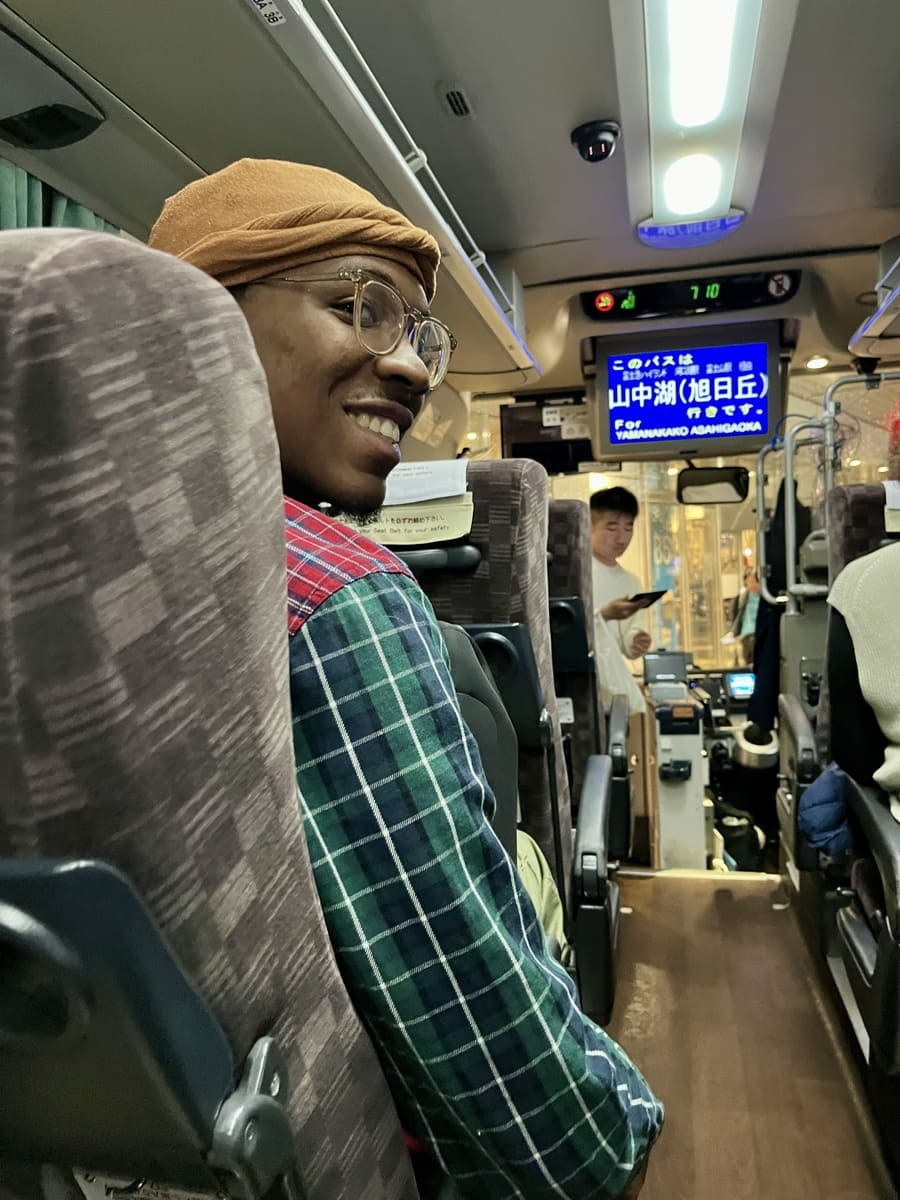
11. Can you fly domestic in Japan?
Surprisingly, domestic flights within Japan are quite affordable compared to those in the United States.
We were amazed to find flights priced between $20 and $50 USD.
If you have a tight itinerary and want to save both time and money, consider taking a domestic flight instead of taking the bullet train.
12. Should I use an eSIM or physical SIM for Japan?
Choosing an eSIM can offer great convenience during your stay in Japan.
Airalo provides an excellent eSIM solution that is not only convenient but also cost-effective, often cheaper than traditional physical SIM cards.
With the Airalo app, adding data is so simple, and you can easily make sure to stay connected throughout your trip.
eSIMs are more convenient than pocket Wi-Fi devices, which can be cumbersome to carry around and require regular charging.
However, if your phone is locked and not compatible with eSIMs, then pocket Wi-Fi might be the better option for you.
13. Does offline Google Maps work in Japan?
Before your trip, make sure to download offline maps for Japan using Google Maps.
This way, even if you don’t have internet access, you’ll still have access to maps throughout your visit.
We found Google Maps to be incredibly convenient during our time in Japan.
It provided detailed information for each train station, including Japanese and English names, as well as station numbers.
It even told us what platform to get off of and the times you’ll get there.
It was an incredible resource and really easy to navigate Japan being prepared using our downloaded offline Google Map.
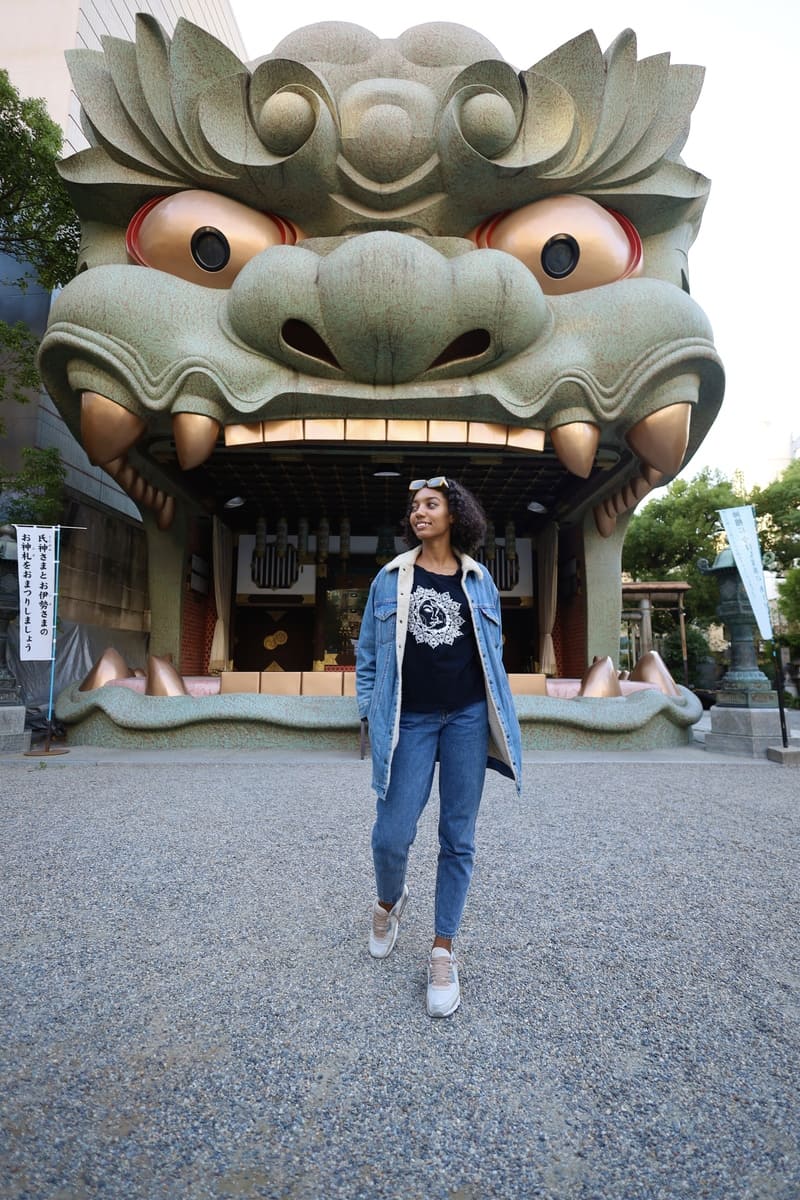
14. What is the Japanese currency?
In Japan, the currency used is the yen.
Currently, the exchange rate is just under 150 yen per $1 USD, making the USD particularly strong in Japan.
This means that your American money can stretch quite far when visiting Japan.
See the World, Save a Dollar 🙂

15. Why do Japanese put money on trays?
In Japan, it’s a common custom to place money on a tray when making a payment.
This practice serves several purposes: it makes it easier to count the amount, avoids any awkward hand-to-hand contact, and maintains cleanliness.
When paying with cash, simply place the money on the tray, slide it towards the recipient, and they will then retrieve the money from the tray.
These trays go by different names, including “Tsurisen torei” (change tray), “Kaikei-bon” (settlement tray), and “Koin torei” (coin tray).
16. What is best in Japan cash or card?
Japan is a highly modernized country, and during our visit, we predominantly used credit cards for most transactions and purchases.
However, there are instances where having cash proves more convenient, particularly at local establishments like street food vendors, stalls, and vendors near shrines, which often only accept cash.
So, it’s wise to have Japanese yen on hand.
Exchanging USD to Japanese yen may lead to unfavorable exchange rates.
The most reliable method for obtaining yen at a fair rate is through ATM withdrawals.
We recommend using a Charles Schwab debit card, which reimburses ATM fees and doesn’t charge foreign transaction fees.
When withdrawing cash from the ATM, always decline the conversion and select the local currency. If you don’t deny the conversion, you’re falling into hidden fees.
17. What is Pasmo Passport?
The Pasmo Passport is an IC card (integrated circuit) that can be used to make touch payments for travel and shopping throughout Japan.
During our trip, we found so many convenient uses for the Pasmo Passport including trains, vending machines, storage lockers, etc.

18. Does Japan have tax-free shopping?
When shopping in Japan, you’ll often see two prices displayed—one including tax and one excluding tax.
Typically, the lower price is tax-free, but it’s always a good idea to confirm with the sales associate.
If you’re subject to taxes, be sure to keep all your receipts, as you can apply for a VAT tax refund at the airport before departing.
Additionally, some stores have spending requirements for tax-free status.
For example, at UNIQLO, you may need to spend a minimum of $40 USD to qualify for tax-free shopping.
If you don’t meet the minimum spend, you’ll need to pay taxes on your purchases.
Remember to have your passport on-hand for tax-free shopping transactions.

19. Is it customary to tip in Japan?
Tipping is not customary in Japan.
In fact, it’s generally discouraged and may even be seen as offensive.
Unlike in some other countries, service staff in Japan are paid a living wage, so tipping is not necessary.
This was suprising to us since in the United States it’s customary to tip around 18-22%.
Not having to tip saved us some money during our time in Japan.
20. What are the queues in Japan?
In Japan, queuing is a well-established practice, and you’ll notice designated lines forming well before the train arrives.
When the train pulls in, passengers waiting to board line up along the sides of the doors, allowing those exiting the train to do so smoothly.
Once everyone has gotten off the train, you can then enter the train in an orderly manner through the middle.
This respect for queueing extends beyond trains.
In stations and other crowded areas, people line up on specific sides of escalators and stairs, too.
Interestingly, the side people stand on escalators can vary by region.
While we were in Tokyo we noticed everyone stood to the left side, but in other parts of Japan, everyone stood to the right side.
So, simply follow whatever the locals are doing and fall in line.
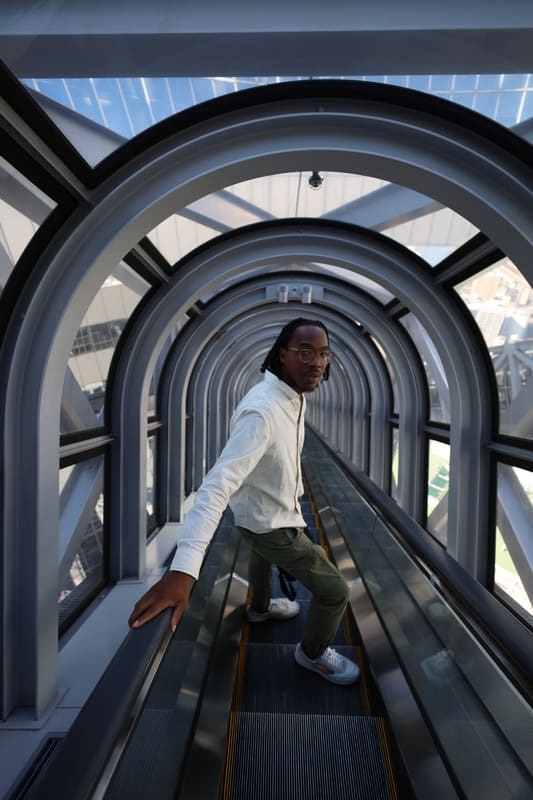
21. Is it illegal to jaywalk Japan?
Yes, there are strict laws against jaywalking in Japan.
During our time there, we didn’t witness a single instance of jaywalking.
Regardless of the time, even if the streets were deserted, pedestrians adhered to traffic signals.
If the pedestrian signal isn’t displaying the green walking man, nobody crosses the street, regardless of the hour – even if it’s 3 in the morning.

22. Is Japan over crowded?
Despite being home to one of the most populated cities in the world (Tokyo has around 37 MILLION people), the streets remain surprisingly quiet.
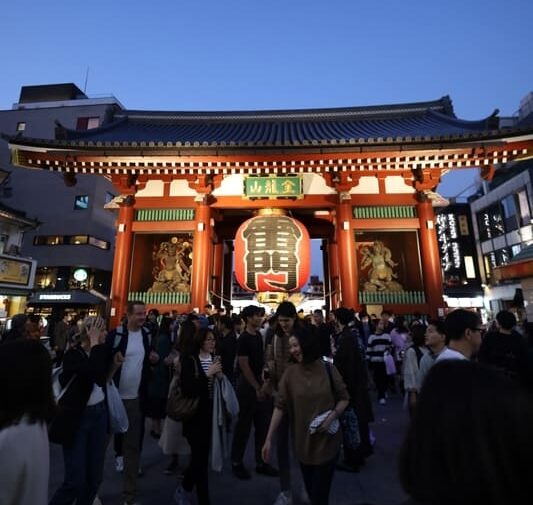
You won’t find people shouting or talking loudly on their phones.
While there are crowds, everyone is remarkably respectful of one another which is an important thing to know about Japanese culture.
You don’t want to be that person disrupting the peace when you visit.

23. What is it like eating in Japan?
Eating in Japan is like none other, especially considering its reputation for having the most Michelin-starred restaurants globally.
As a (semi) vegetarian, navigating through Japan’s predominantly meat and pork-based dishes presented some challenges, but I discovered that vegan and vegetarian options do exist!
I’ve included over 35 top restaurant recommendations inside the Explore Japan Travel Guide, including vegan and vegetarian options.
One standout was the Ain Soph Vegan restaurant in Kyoto. (They have multiple locations in Japan).
For all my adventurous eaters, Japan has many unorthodox foods that surprisingly go well together.
The pulled pork and deviled egg sandwich quickly became my husband’s favorite quick meal.
For those interested in trying traditional Japanese cuisine, you can’t go wrong with classic dishes like Japanese curry or various ramen options.
The fire ramen at Menbaka Fire Ramen is worth the hype, and p.s. they have a vegetarian option there too!
Using a kiosk to place your order is incredibly common and convenient, especially since they often come with English language options.
This means you won’t have to guess or struggle with translations when making your selections.
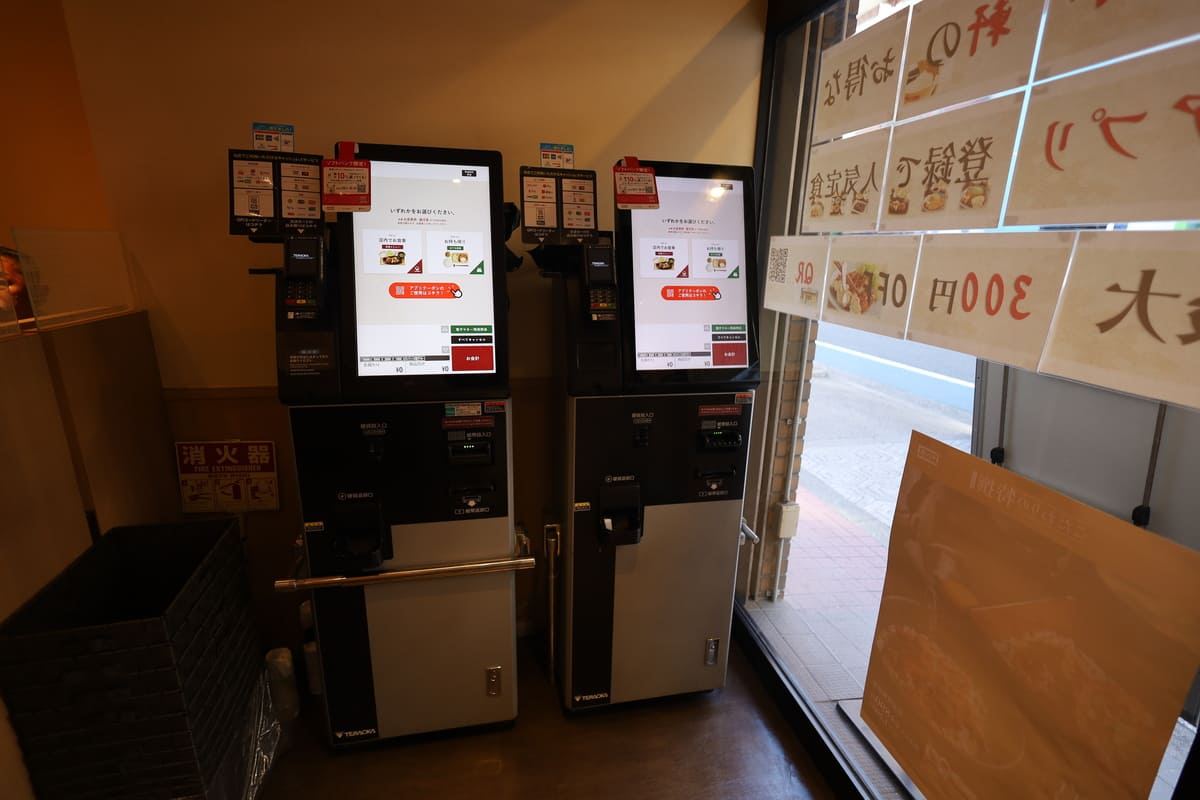
Another perk of ordering via kiosk is the minimal interaction required, making it perfect for those moments when your social battery is running low.
You pay at the kiosk, grab your receipt, and the food will come to you or there will be a screen that displays your ticket number and you just go up to the counter to grab your tray of food.
If you’re unsure about a restaurant’s offerings, many establishments showcase plastic food models outside, giving you a visual preview of their menu items before you decide to dine in.
While chopsticks are the primary utensils used in Japan, don’t hesitate to request a fork and knife if you prefer.
And remember, avoid pointing or stabbing your food with chopsticks.
In Japan, slurping noodles is considered a sign of enjoying your meal, so feel free to embrace the tradition.

Most restaurants also provide designated spots for hanging or placing bags, ensuring they stay off the floor and within easy reach.
For an authentic taste of Japanese culture, consider sampling sake or taking part in a traditional tea ceremony.

We had the opportunity to make our matcha during a tea ceremony in Nara, which left a lasting impression, despite matcha’s inherent bitterness.
Keep in mind that cafes in Japan typically open later, around 11 am or noon.

If you’re like me and need an earlier morning coffee, convenience stores are a reliable option as they operate 24/7.
24. What is konbini in Japan?
Konbini or conbini are a quintessential part of the Japanese lifestyle.
Unlike your typical convenience stores elsewhere, konbinis in Japan offer a level of convenience that’s hard to beat. You’ll find an array of diverse food choices, even full-blown meals, all at reasonable prices.
Plus, the convenience store clerk will gladly heat up your meal behind the counter so you can eat right away.
One thing I found particularly helpful was using the Translate app on my phone to check the labels on products.
With a quick snapshot, the app could translate all the ingredients from Japanese to English, allowing me to easily spot any sneaky beef or pork ingredients before making a purchase.
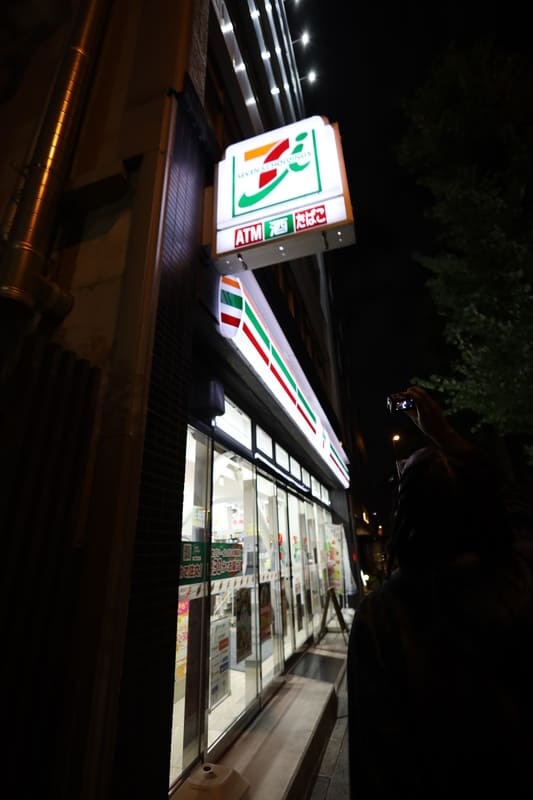
25. Is Japan considered a clean country?
Japan is one of the cleanest countries in the world and the cleanest country in Asia.
We’re from New York, so every time we go to major cities and they are clean, it’s a shock to us, even though it really should be a basic standard.
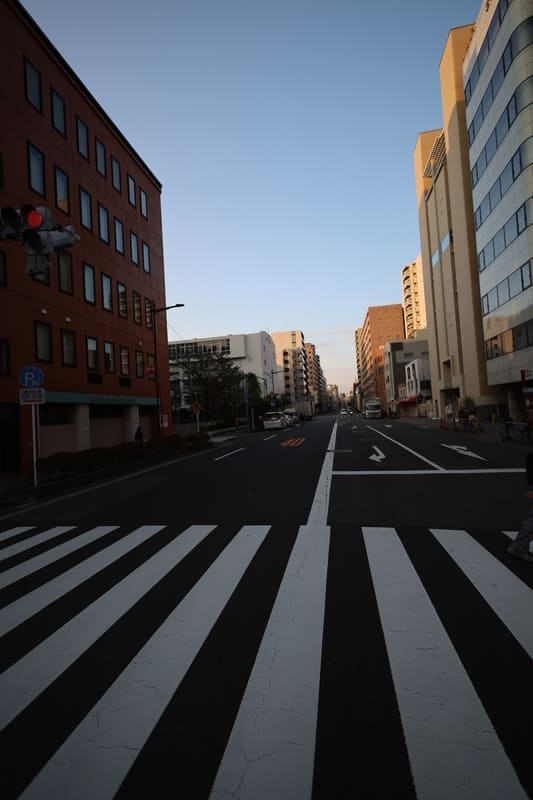
There’s a certain etiquette to follow when entering certain establishments.
For example, it’s customary to slip off your shoes before stepping into places like temples, ryokans (traditional Japanese inns), someone’s home, or select restaurants.

This simple gesture not only keeps spaces clean but also honors the tradition and purity of these environments.
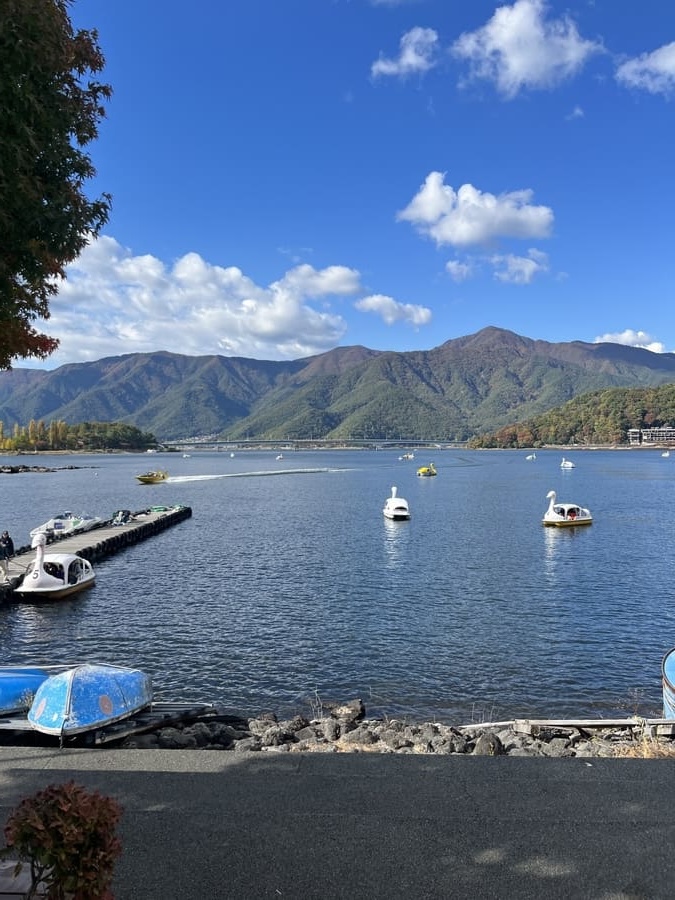
RELATED ARTICLE: How to Explore Tirta Gangga Water Palace in Bali
26. Is it OK to eat while walking in Japan?
In Japan, it’s not considered polite to eat while walking or while using public transportation.
It’s just not the norm there, and you won’t see locals doing it.
Plus, you’ll notice that there aren’t any trash cans out in the streets.
So, if you have garbage, you’ll need to hold onto it until you find a proper place to dispose of it.
Whatever you do, do not litter.
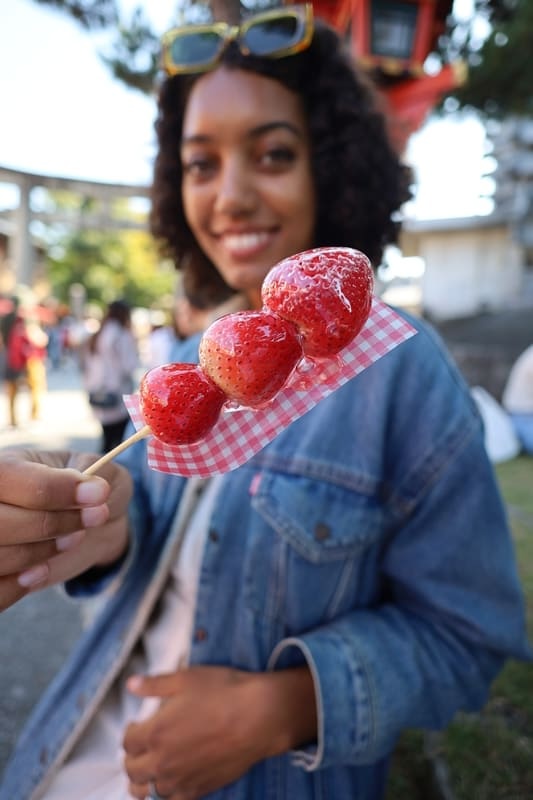
27. What is so special about a Japanese toilet?
The bidets in Japan are on a different level, a league of their own.
The Japanese bidets come equipped with features like heating, music or flushing sounds, flushing, spraying, and drying.
It’s everything you could ever imagine, and then some.
28. Is Japan and US plug the same?
Yes, Japan uses the same type A and type B plugs as the US.
However, Japan’s voltage is 100 volts compared to the US’s 110 volts.
Despite this difference, plugs from the US are compatible and can be used in Japan.
29. What to pack for Japan?
When packing for Japan, you should prioritize versatile items and minimize unnecessary belongings.
By packing light, you can have greater ease and mobility during your travels, allowing you to navigate Japan’s diverse landscapes and cultural attractions with greater convenience and comfort.
Consider the season when packing, which generally reflects those on the east coast of the United States.
So basically, if it’s winter, leave your shorts at home.
Make sure to pack some good pairs of socks.
In Japan, it’s customary to remove your shoes when entering certain places, so having clean, comfortable socks (with no holes in them!) is essential.
We’ve included some of the most important things that you won’t want to forget to pack when visiting Japan in the Explore Japan Travel Guide.
RELATED ARTICLE: Travel Checklist Every Traveler Should Have
30. Where should I go for the first time in Japan?
Tokyo is the most popular city to go to in Japan, but it should not be the only place you check out in Japan.
My personal favorite city was Kyoto, just outside of Tokyo.
We also had unique experiences at Mount Fuji, including a cable car ride.
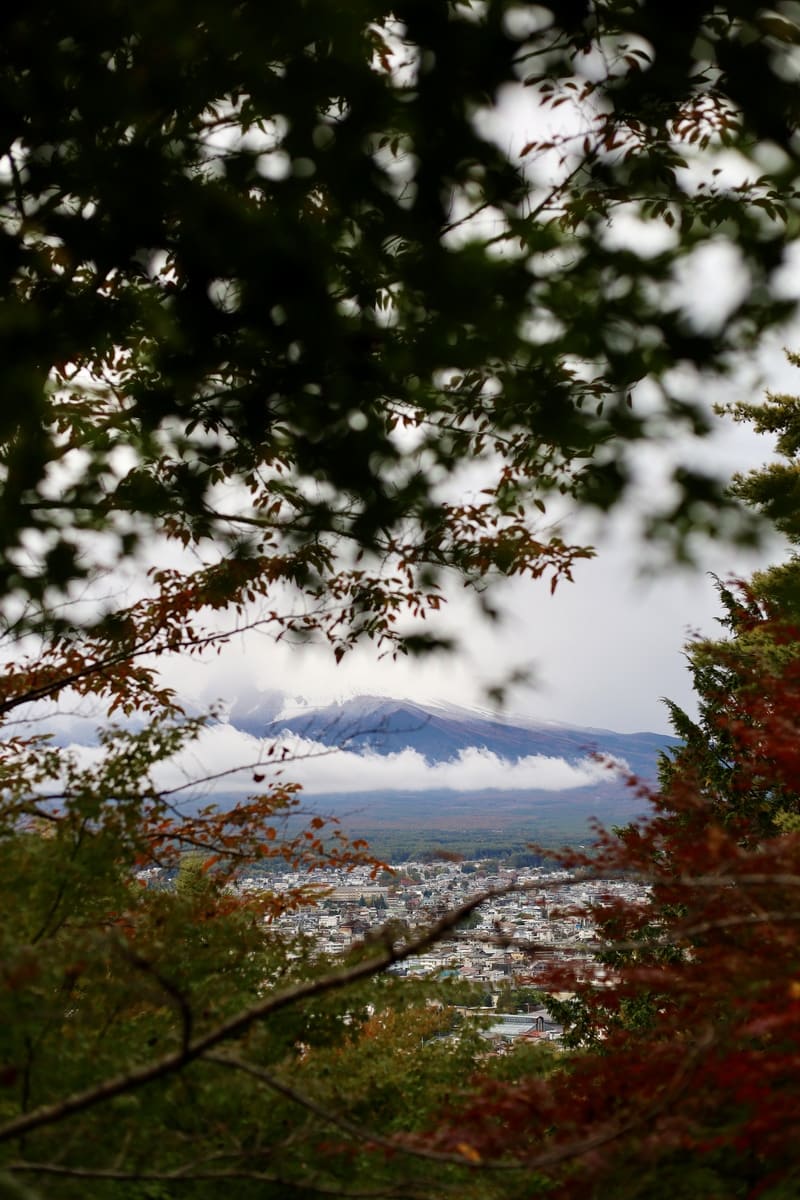
In Nara, feeding the bowing deer was a memorable experience, and we enjoyed a scenic river cruise near Osaka Castle in Osaka.
If you’re into theme parks, they are significantly more affordable compared to theme parks in the United States.
During our time in Osaka, we visited Universal Studios, where admission was less than $60 USD per person.
We even went to Naruto World for free.

There are over 55 top attractions included in the Explore Japan Travel Guide that you should consider adding to your itinerary (some are free!)
31. How do Japanese treat American tourists?
While we were there, we didn’t experience any negative interactions.
For the most part, we found that Japanese people kept to themselves, and minded their own business, and didn’t approach us as we have experienced in other Asian countries.
Japanese are extremely respectful individuals.

32. Is traveling to Japan dangerous?
Two things that typically don’t go well together are big cities and safety.
While Tokyo is the most populated city in the world, Japan is one of the safest countries in the world, as well.
As a precaution, it’s always wise to familiarize yourself with the emergency number of the country you’re visiting.
In Japan, it’s 110.

Additionally, having travel medical insurance can provide peace of mind wherever you go.
We recommend Safety Wing Travel Medical Insurance, which typically costs only ~$2 USD per day per person.
For added security online, consider using a VPN like ExpressVPN.
Overall we had an amazing time in Japan and always felt safe, day and night.
RELATED ARTICLE: Should I Use a VPN Abroad?
33. What are some words to know when traveling to Japan?
Using the Translate app can make communication much easier in Japan.
But it’s also helpful to know some essential words:
- Hello – Konnichiwa
- Goodbye – Sayōnara
- Thank you – Arigatou Gozaimasu
- Please – Kudasai
- Help – Tasukete
- Bathroom – Basurūmu
- Vegetarian – Bejitarian
Conclusions: Japan Vacation Tips
As we wrap up this article, remember, your Japan adventure awaits, and prepared with these insights, you’re sure to make the most of it.
From the vibrant streets of Tokyo to the serene landscapes of Mount Fuji and beyond, Japan offers an unforgettable experience for every traveler.
So, go ahead, pack your bags, and take on your journey with confidence.
And if you want even more tips and inspiration to plan the perfect Japan vacation, download the Explore Japan Travel Guide.
What’s inside this 54-page digital travel guide?:
- Money-Saving Tips: How to stretch your budget in Japan
- Packing Essentials: What to bring and must-have apps to download
- Getting Around: The easiest ways to navigate, including JR Pass info and more
- Unique Accommodations: Over 15 great places to stay
- Delicious Eats: Over 35 food spots, with vegan and vegetarian options
- Top Attractions: Over 55 activities, with some free options!
- Sample Itinerary: A 7-day plan to help you craft the perfect Japan trip
Our recommendations are organized by budget, ensuring you “See the World, Save a Dollar!”

